PayPal Integration Django: Client-Side
Paypal is a well-known online payment service. Even if there are other viable competitors today, Paypal is a significant participant in the market with a good reputation and millions of consumers’ trust.
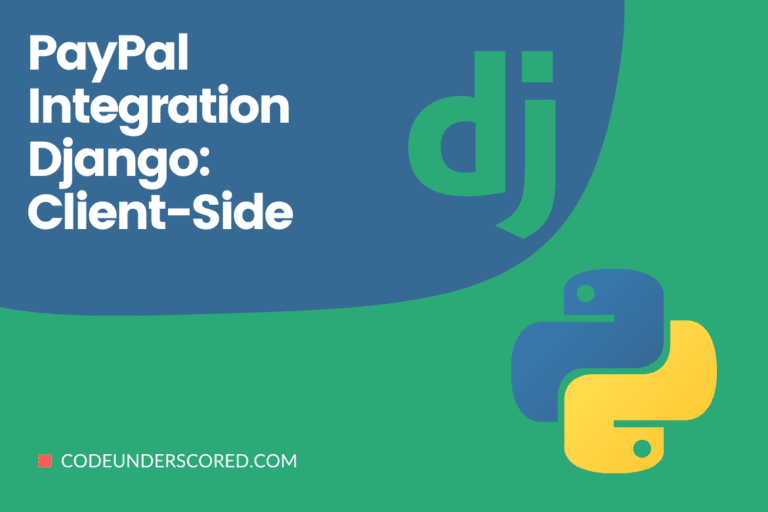
Paypal is a well-known online payment service. Even if there are other viable competitors today, Paypal is a significant participant in the market with a good reputation and millions of consumers’ trust.
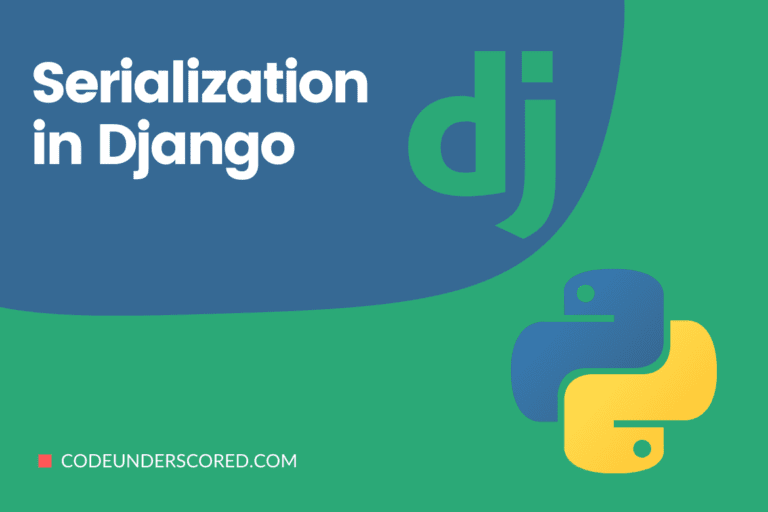
A serialization class will convert a model into JSON data which is so essential to saving data in an easily transferable format, for instance, saving data in a flash drive. In addition, serializers in the Django REST Framework are in charge of transforming objects into data types that JavaScript and front-end frameworks can understand.
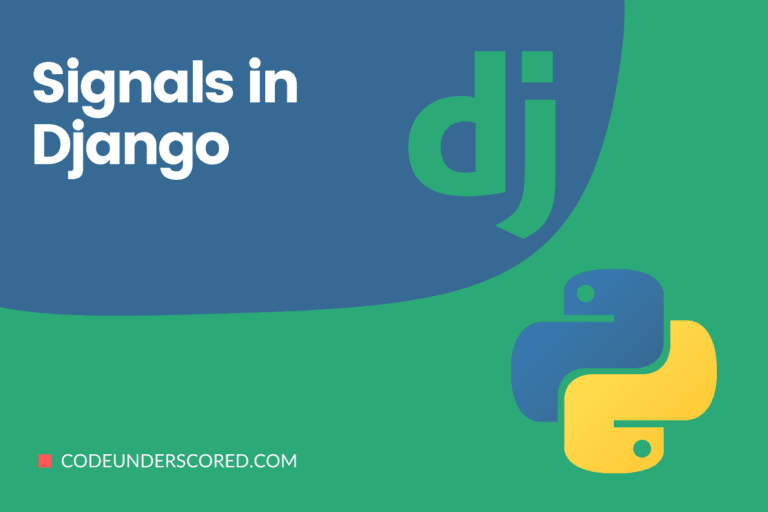
Signals are used to do any action in response to a model instance being modified. Signals are tools that assist us in connecting occurrences to actions. We can create a function that will execute when a signal is received. In other words, Signals are used to respond to the alteration or creation of a specific database entry.
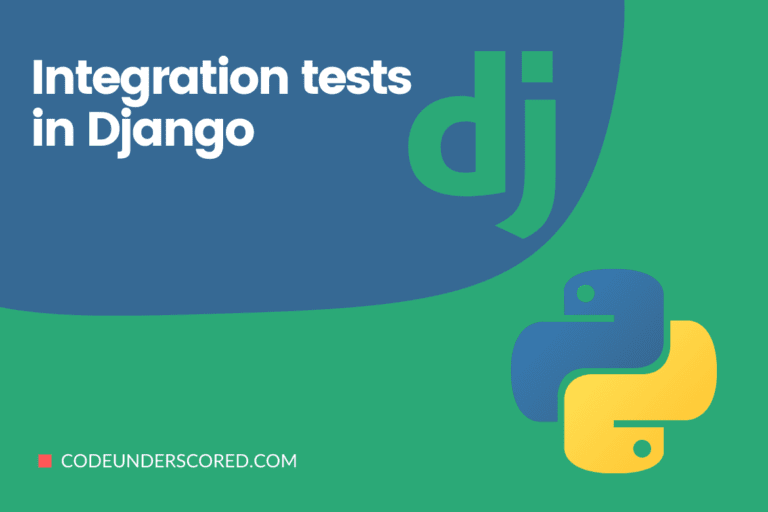
Unlike unit testing, where we test individual components, Integration testing is a more extensive test that targets entire applications. It combines different sections of code functionality to make sure that they behave correctly. So, we use unit testing to test individual components; then, we use integration testing to test the integration of these components.

Manual testing of websites becomes more difficult as they expand in size. Not only is there more to test, but as component relationships become more complicated, a slight change in one area might influence other areas. The latter will necessitate more testing to guarantee everything continues to operate and no mistakes are created as more changes are made.

Social Authentication (or Social Login) is a method of simplifying end-user logins by utilizing current login information from prominent social networking services like Facebook, Twitter, Google, and LinkedIn, which is the subject of this article. Most websites require users to log in using social login platforms for a better authentication/registration experience instead of establishing their systems.
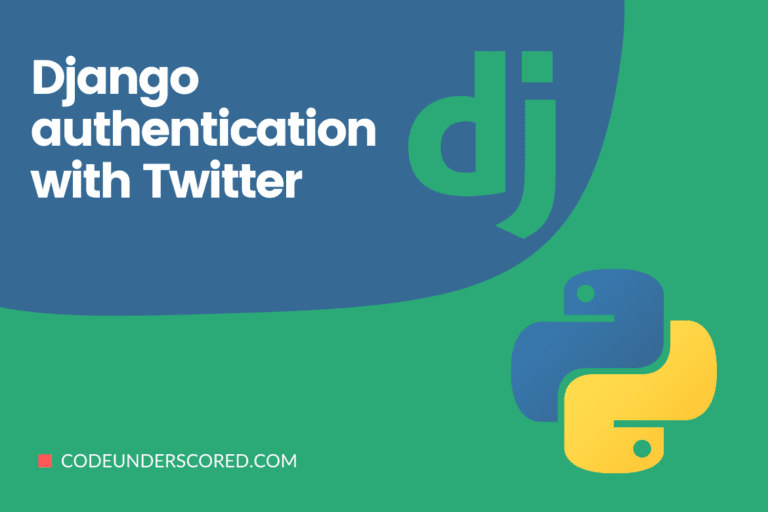
Because OAuth 2 has emerged as the industry standard for social applications and third-party authentication, as a result, you may concentrate on learning and implementing it to support a wide range of social authentication providers. The standard OAuth 2 providers include Facebook, Google, GitHub and, Twitter.
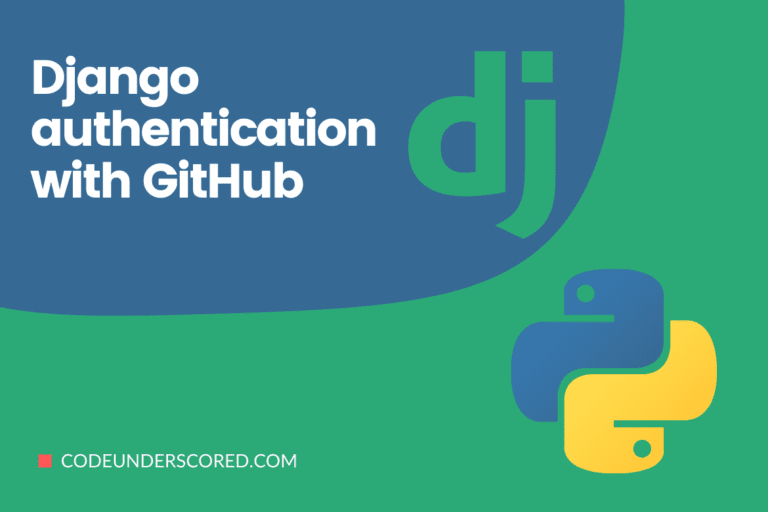
The process of manually signing up and signing into your account for web applications can be very strenuous. As a result, social-media authentication has come in handy to ease the entire process by using login information from one of your favorite social networks.

It can take a long time to create and log in to website accounts on the internet manually. In modern web apps, social authentication solves this difficulty by allowing users to sign in and sign up with an application using login information from a social network provider with which they already have an account.
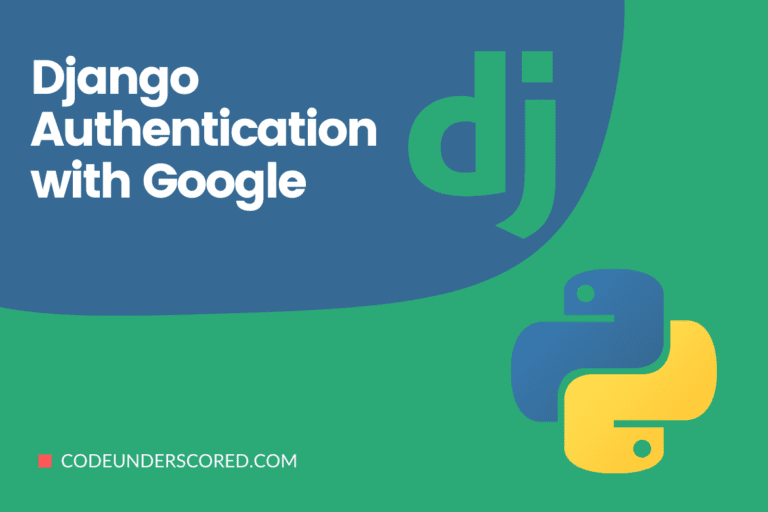
Manually creating and logging into accounts on the internet can be time-consuming. Social authentication, a mechanism for users to sign in (and sign up) with an application using login information from a social network provider with which they already have an account, solves this problem in modern web applications.
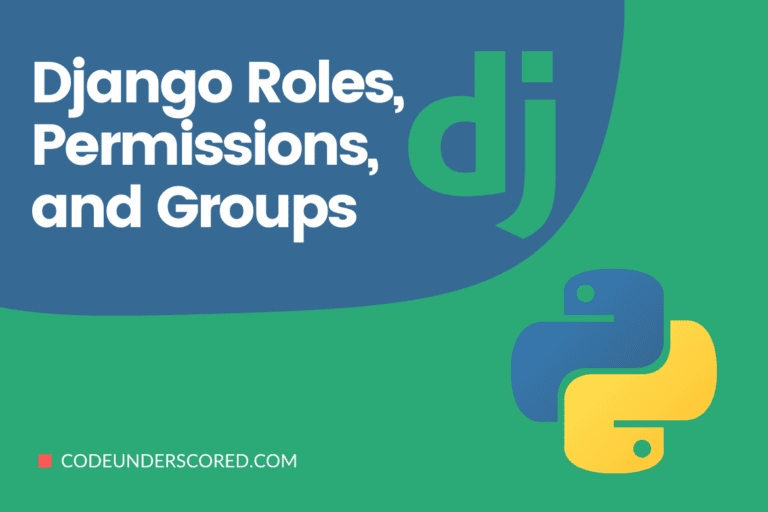
Permissions are a set of rules (or constraints) that allow a user or a group of users to view, add, alter, or delete items in Django. Django has a permissions system built-in. It enables you to provide permissions to individual users or groups of users.
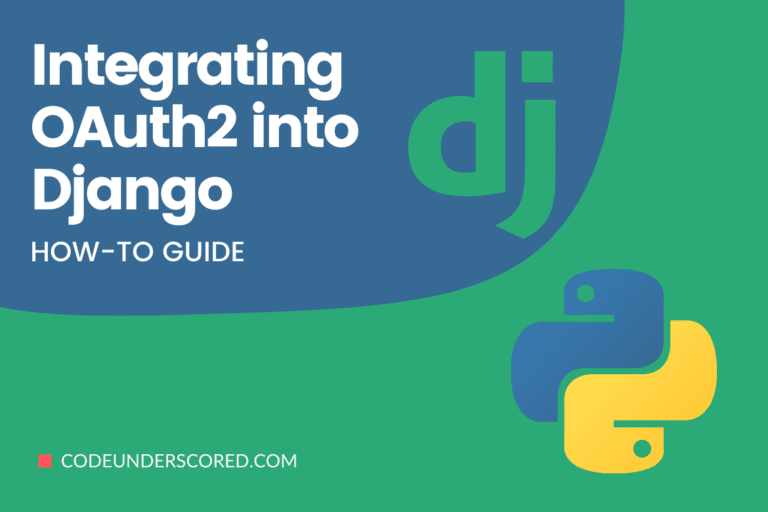
While pip recognizes hundreds of OAuth 2 packages, only a few perform what they’re meant to do. So, after having user authentication in place. You now want your users to be able to log in using Twitter, Facebook, or Google. It’s no problem. You’re just a few lines of code away from accomplishing your goal. This tutorial will show you Python Social Auth to incorporate OAuth 2 into your Django or Django Rest Framework.